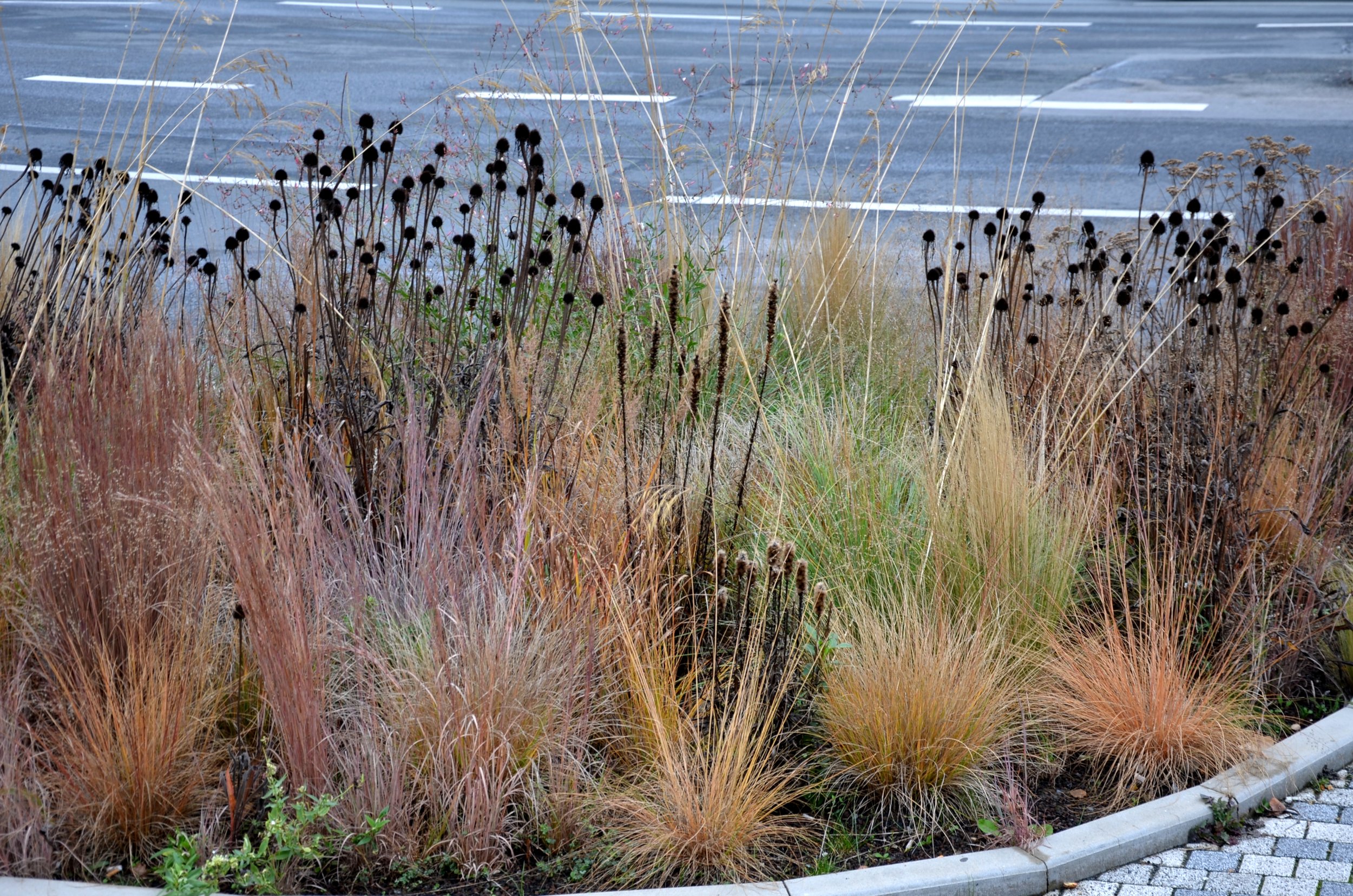Landscaping With Native Grasses of Montana
Landscaping With Native Grasses of Montana
Looking to do some landscaping in Montana? Consider using native grasses!
Using native grasses within your landscape can enhance your yard's beauty while also providing great benefits to the greater environment. Montana's native grasses support a diverse array of animal species by providing food, shelter, and nesting sites for various wildlife.
Native grasses play a crucial role in Montana's ecosystem. Elk, bison, and pronghorn depend on Bluebunch Wheatgrass and Western Wheatgrass for their grazing needs. Small mammals find cover and protection in Needle and Thread Grass, while birds such as meadowlarks and pheasants nest in Big Bluestem grass. Besides their ecological advantages, these grasses can also enhance the aesthetic appeal of your landscape.
Benefits of Native Grasses In Your Landscape
Erosion control: Native grasses have deep root systems that help stabilize soil and prevent erosion, making them valuable in areas prone to runoff or soil degradation. Planting native grasses along slopes, streambanks, or in areas with poor soil conditions can effectively combat erosion.
Wildlife habitat: Native grasses provide essential habitat for a variety of wildlife, including birds, insects, and small mammals. By incorporating native grasses into the landscape, you can create inviting habitats for these creatures, supporting local biodiversity and ecological balance.
Water conservation: Many native grasses are adapted to Montana's climate and are drought-tolerant once established. They can reduce water usage by requiring less irrigation compared to non-native turf grasses. Using native grasses in your landscape plan can contribute to water conservation efforts and promote sustainability.
Visual appeal: Native grasses add texture, movement, and seasonal interest to a landscape. Their unique forms, colors, and seed heads provide visual variety throughout the year. Whether planted in meadow-like areas, as borders or as ornamental features, native grasses can enhance the natural beauty of the landscape and provide a sense of place.
There are individuals who believe in using only native plants in their landscapes, while others prefer a mix of both native and non-native varieties. According to expert entomologist and writer Doug Tallamay, incorporating 30% non-native plants can still provide ecological benefits similar to a fully native landscape.
Low-maintenance landscapes: Native grasses are well-adapted to local conditions, which often means they require minimal care once established. They are generally more resistant to pests and diseases, reducing the need for chemical inputs. Adding native grasses into a landscape plan can create low-maintenance areas that require less water, fertilizer, and maintenance efforts.
If you are interested in finding the best grass seed for Montana, you may find this article on Choosing the Best Grass Seed for Montana Landscapes helpful.
When designing a landscape plan, select a diverse mix of native grass species that are right for your specific site conditions as this will ensure the best chance of success. Plus, the right plant in the right place will also maximize the ecological and aesthetic benefits that native grasses can provide.
Some recommended native species include:
Little bluestem (Schizachyrium scoparium): Little bluestem is a warm-season grass that exhibits attractive reddish-brown coloration in the fall. It is well-suited to Montana's prairies and can tolerate a wide range of soil conditions. This grass species serves as a habitat and food for numerous bird species and small mammals.
Big Bluestem (Andropogon gerardii): Big bluestem is a tall, warm-season grass that adds visual interest to the landscape with its distinct reddish-brown stems and fluffy seed heads. It is highly adaptable and thrives in a variety of soil types. Big bluestem provides cover and nesting habitat for birds and small mammals, making it a valuable component of native grassland ecosystems.
Bluebunch wheatgrass (Pseudoroegneria spicata): Bluebunch wheatgrass is a resilient, cool-season perennial grass that is well-adapted to Montana's harsh climate. It forms dense tufts and provides excellent forage for livestock and wildlife. Its deep root system aids in erosion control and soil stabilization.
Western wheatgrass (Pascopyrum smithii): Another important native grass in Montana, western wheatgrass is known for its drought tolerance and ability to withstand grazing. It produces nutritious forage and plays a vital role in the restoration of disturbed lands.
Needle-and-thread grass (Hesperostipa comata): This native bunchgrass is recognized for its unique seed heads that resemble a needle and thread. It is highly drought-tolerant and has deep roots that help it survive in arid environments. Needle-and-thread grass provides valuable forage for wildlife and livestock.
Idaho Fescue (Festuca idahoensis): Idaho fescue is a bunchgrass that is well-suited to Montana's drier regions. It has fine-textured foliage and is known for its ability to persist under grazing pressure. This grass species is often used in range management and restoration efforts to enhance wildlife habitat and improve soil health.
Selecting plants that are native to Montana is a great way to promote a more healthy environment for all of us. What will you plant next?!
Need a little guidance in your landscape? Check out our custom native plant design plan service
Send us a photo of your space, and we’ll recommend a plan that meets your unique needs, including a digital mockup and a comprehensive plant plan.




